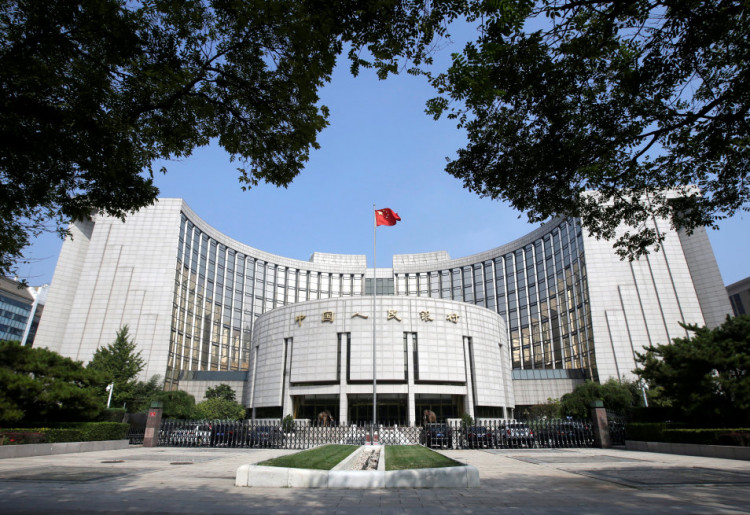China again lowered the loan prime rate (LPR) -- the interest rate banks charge favored customers, meaning those with good credit -- in a renewed bid to spur business activity inhibited by the Covid-19 outbreak through massive liquidity injections into the financial system.
The People's Bank of China (PBOC), the country's central bank, cut the one-year LPR by 10 basis points to 4.05% from 4.15% a month earlier. The above-five-year LPR saw a reduction of five basis points from the previous 4.75%.
The LPR cuts on Thursday came after PBOC lowered the medium-term lending facility (MLF) rates on Monday by 10 basis points. This expected PBOC move, which was in line with market expectations, supports government moves to restore economic normalcy in a scenario where factories and business firms remained closed for longer than usual due to the disease outbreak. Some factories have remained shuttered for over a month and layoffs are rising.
PBOC pledged more monetary and credit support to combat the relentless Covid-19 outbreak. It also vowed to smooth the transmission of the LPR mechanism.
"The implicit floor interest rate for loans will be resolutely eliminated," said PBOC in a statement.
PBOC said China's banks had provided more than $76.7 billion (RMB537 billion) of credit support since February 14 to help companies restore production and return to normal business.
PBOC reformed the LPR mechanism in August 2019 to lower borrowing costs in support of the real economy. LPRs are released on the 20th day of every month. They're based on rates of the PBOC's open market operations, especially the MLF. The MLF is a mechanism PBOC uses when lending funds to authorized primary dealers such as banks, broker-dealers, or other financial institutions.
PBOC's latest LPR cut will be followed by others, estimate Western financial analysts. PBOC will maintain "abundant" liquidity as long as Covid-19 continues to threaten economic growth and stability, said a report BlackRock, Inc., the world's largest investment firm.
"I think from a measures perspective, I don't think we have seen all of it as yet," said Neeraj Seth, head of Asian credit at BlackRock, to CNBC Thursday.
Seth said China is expected to show more "fiscal impulse" in the coming months. He said BlackRock expects to see a combination of the monetary and the fiscal policy coming together to support the economy.
"To some extent, the fiscal impulse is going to be a function of how much of downside risk is there which is still uncertain to some extent given we're still in the middle of it," he said.
These upcoming fiscal measures will in no way come near the massive stimulus expended during the Great Recession of 2008 but will be more measured in reponse to the disease crisis.






